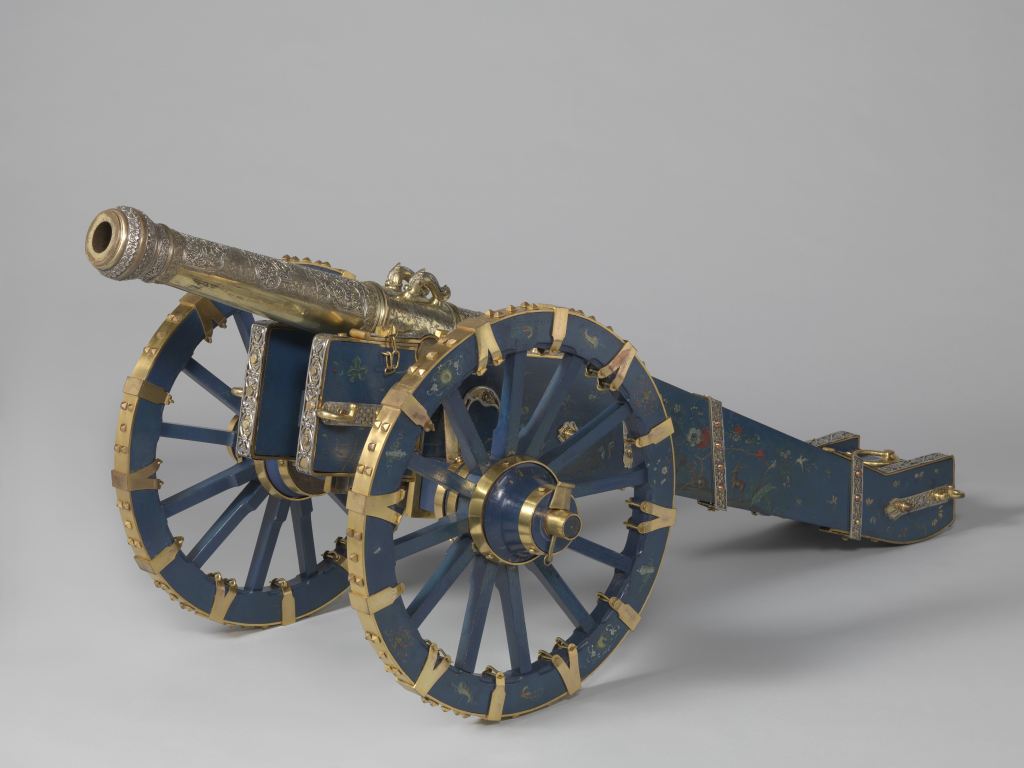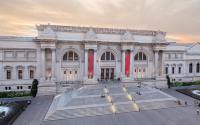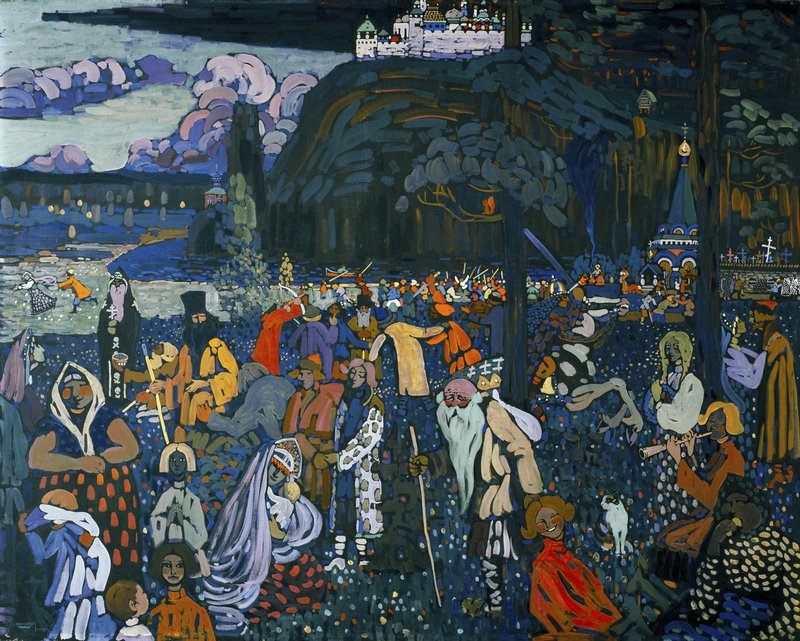Medieval Christian Wall Paintings Discovered in Sudan
In an unexpected find, archaeologists excavating residences of the ancient Nubian city of Old Dongola in Sudan discovered a complex of rooms hidden under the floor.
Constructed out of sun-dried brick, the walls are adorned with Christian paintings dated to the Funj Period (16th-19th centuries C.E.), according to a press release from the Polish Centre of Mediterranean Archaeology at the University of Warsaw, whose researchers are leading the excavation.
“Seems that [the] gods of excavations favored us in the very last season of [the European Research Council’s] UMMA grant,” wrote archaeologist Artur Obluski in a Twitter post, referring to the “Urban Metamorphosis of the community of a Medieval African capital city” (UMMA) grant that enabled the excavation of Old Dongola, also called Tungul in ancient Nubian.
One of the paintings shows a Nubian king bowing to Christ as he receives a blessing, their meeting watched over by the Archangel Michael, whose wings shelter both figures. In another painting, Mary is depicted in an unusual style, wearing a dark robe and carrying a book and a cross.
Obluski, in another post, commented on the unique style and motifs in the paintings.
“These wall paintings negate a bias that Africans tried to awkwardly copy art form the North,” Obluski wrote. “They were creative, adapting, not only adopting, world trends to their needs, thus the new paradigm should be Nubio- and Afrocentric.”
Not just the paintings but the rooms within which they are held contain mystery. The space is elevated above ground level, so it was unlikely a tomb. Yet the space was quite small and oddly shaped. One theory the researchers have proposed is that the paintings were made in this secret space as King David and his army of slave soldiers approached Dongola.



